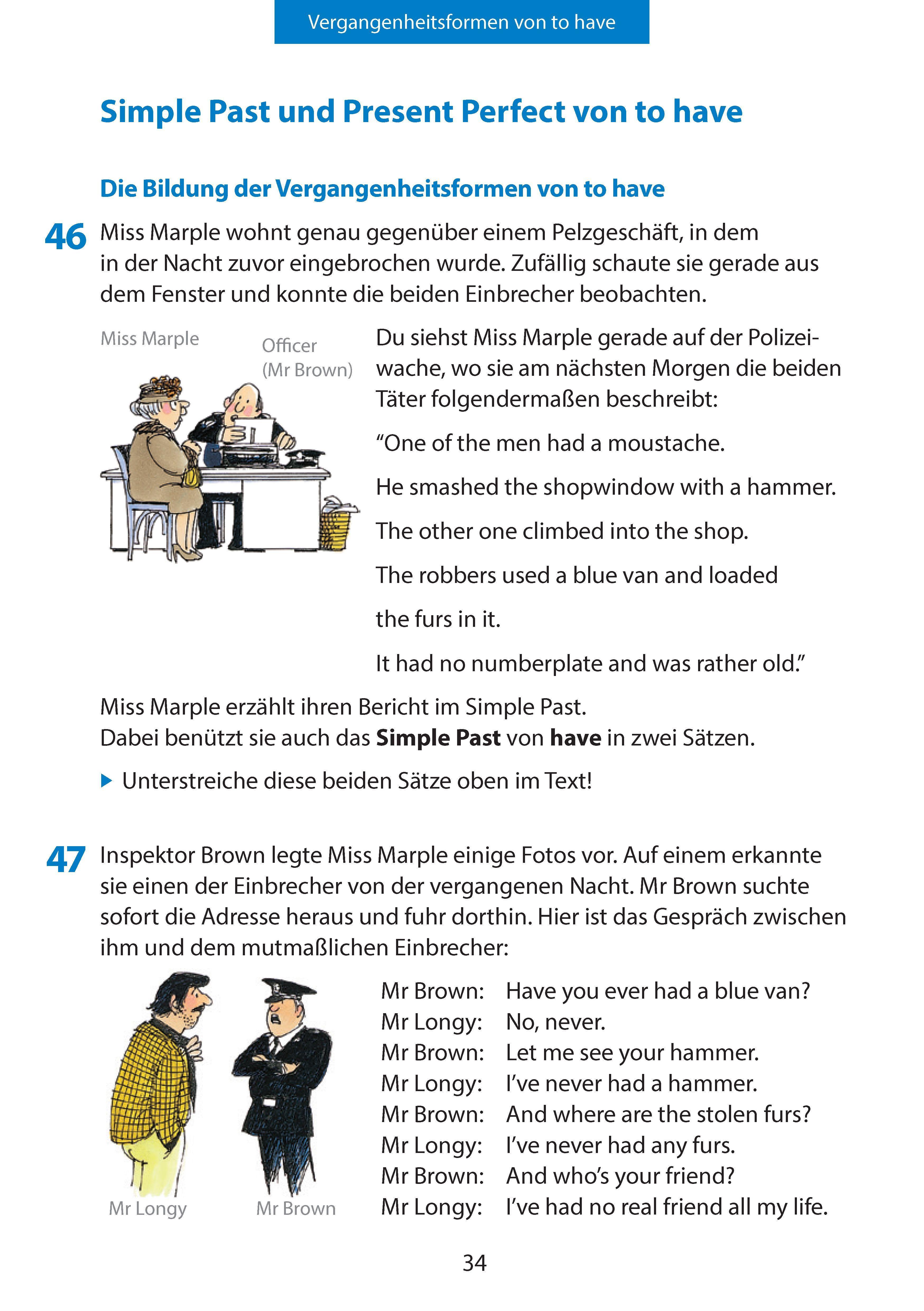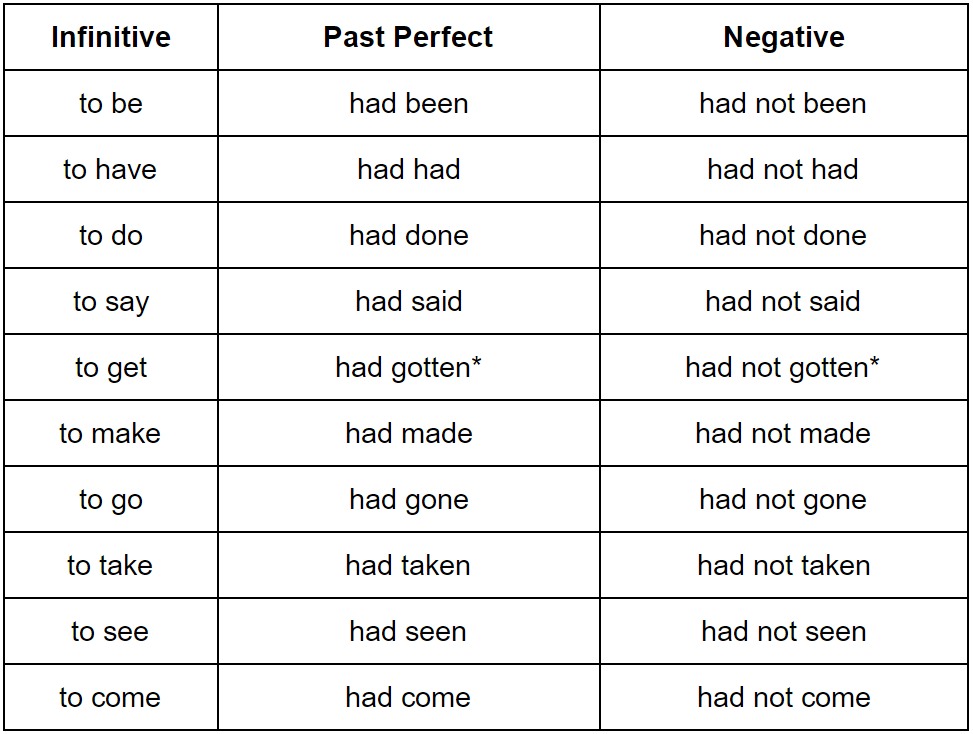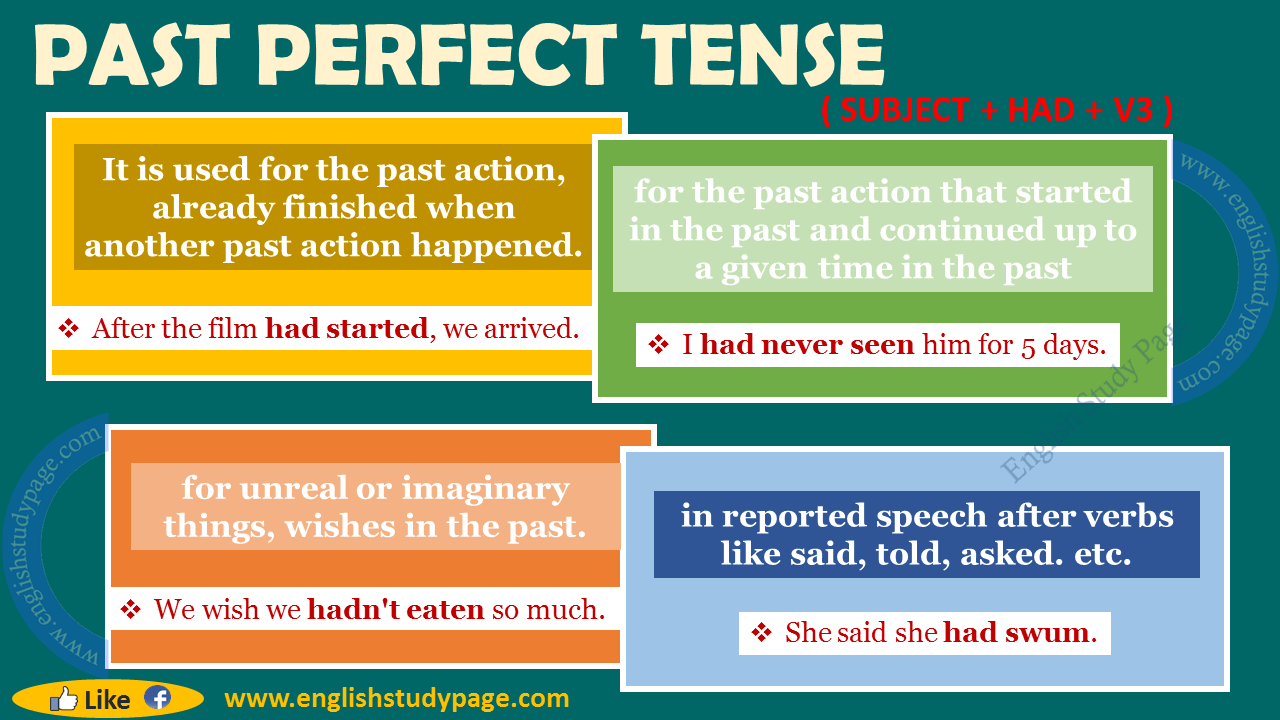
an english worksheet with words and pictures to describe the past perfect tenses
You use Past Perfect for actions which had finished BY the specific moment in the past e.g. by 2 o'clock, by that time, by September . By 6 pm, we had posted the news. /specific time — by 6 pm/. They had already walked the dog by the moment I returned home. /specific time -by the moment I returned home/. By that time she had already left.

English Grammar (Lesson 2) Very Short Stories with the Past Perfect Continuous Tense (Level A2
QUIZ: How to Use the Past Perfect Tense. Now, test your knowledge of what you learned in the lesson by trying this quiz. You will get your score at the end, when you can click on 'View Questions' to see all the correct answers. True or False: to form the past perfect tense, use the auxiliary verb 'had' and a past participle. 1.

Arbeitsblatt zu Past Perfect Continuous mit Lösungen. Ein passendes Merkblatt und weitere
Functions of the past perfect The past perfect refers to a time earlier than before now. It is used to make it clear that one event happened before another in the past. It does not matter which event is mentioned first - the tense makes it clear which one happened first.

Simple Past & Present Perfect. Englisch ab 6. Klasse und für Erwachsene, A5Heft [5620375] 7,90
1. Use of the Past Perfect 1.1. together with the Simple Past Mary had read the book before she watched a film. 1.2. the past equivalent of the Present Perfect He had played hockey. 2. Signal words no unambiguous ones 3. Form had + past participle * 4. Examples 4.1. Affirmative sentences in the Past Perfect - regular verbs 4.2.

Past Perfect Practice I English ESL worksheets pdf & doc
Past perfect form and use - Grammar chart. Download full-size image from Pinterest . Past perfect form. We make the past perfect with had/hadn't + past participle: -ed for regular verbs and the 3rd column form for irregular verbs. I hadn't been there before. She had never worked. The past perfect is the same for all persons.

Past Perfect Englisch Nachhilfe YouTube
The past perfect refers to an event that was completed at some point in the past before something else happened. It is formed by combining the auxiliary verb had with the past participle of the main verb. Look at these two sentences. John left the house at 7:30 yesterday morning. Mary rang John's doorbell at 8:15 yesterday.

CPI Tino Grandío Bilingual Sections Past perfect form and use
In this English grammar class, I'll teach you when to use this tense, how to use it, and what mistakes to avoid. You will learn: structure, usage, pronunciation, spelling, contractions, questions, short answers, past participles, and irregular verbs. We'll go forward systematically and practice together, so you understand fully.

Simple Past Or Past Perfect Übungen
Exercise 1. Choose past simple, past continuous or past perfect to complete the sentences below. It was Sunday afternoon. I 1 a cookery program on TV when I 2 how hungry I was. But of course I was hungry; I 3 anything since lunch, and I 4 a race in the morning. "Biscuits!".

Wie verwendet man Past Perfect Tense auf Englisch?
We would arrive (base) It is always clear from the context. How do we use the Past Perfect tense? The Past Perfect tense expresses action in the past before another action in the past. This is the past in the past. For example: The train left at 9am. We arrived at 9:15am. When we arrived, the train had left. Look at some more examples:

Past Perfect en Anglais Apprenez à l'utiliser Conjugaison
Perfect English Grammar Using the Past Perfect Download this explanation in PDF here. Read about how to make the past perfect here. 1: A finished action before a second point in the past. When we arrived, the film had started (= first the film started, then we arrived). We usually use the past perfect to make it clear which action happened first.

Past Perfect Tense English Study Page
How to form the Past Perfect. We form the past perfect simple with had (not) + 3rd form of the verb. Key words: after, before. Examples: She needed help because someone had stolen her car. He passed the test because he had studied a lot. After she had done her homework, she visited me. When I came home, they had already eaten.

Past Simple and Past Perfect
Adverbs We often use the adverbs already (= 'before the specified time'), still (= as previously), just (= 'a very short time before the specified time'), ever (= 'at any time before the specified time') or never (= 'at no time before the specified time') with the past perfect. I called his office but he'd already left.

The Past Simple or the Past Perfect (exercises) Englisch
Lingolia Plus English Just here for the exercises? Click here. Introduction The past perfect tense, also pluperfect tense, is used for actions that took place before a certain point in the past. It is often used together with the simple past tense. It is formed with the auxiliary verb had and the past participle of the main verb.

Verb Tenses English Tenses Chart with Useful Rules & Examples English tenses chart, Easy
The Past Perfect Tense We don't use the past perfect a lot in English, but it is useful, and it sounds very good if you can use it correctly. Also, it's really easy to make - just the past simple of 'have' and the past participle. Click here to download this explanation as a pdf. Learn about USING the past perfect here.

Past Perfect Tense Definition & Useful Examples in English ESL Grammar
Past perfect refers to an action that was completed before another past action or point in time. Learn English past perfect simple usage and find out past perfect simple types, examples and common mistakes. Try private lessons 32,000+ Experienced tutors 300,000+ 5-star tutor reviews 4.8 on the App Store Intermediate B1-B2

Past Perfect Übersicht Unterrichtsmaterial im Fach Englisch Lernen tipps schule, Englisch
Grammarly Updated on May 8, 2023 The past perfect, also called the pluperfect, is a verb tense used to talk about something that happened before something else that is also in the past. Imagine waking up one morning and stepping outside to grab the newspaper.